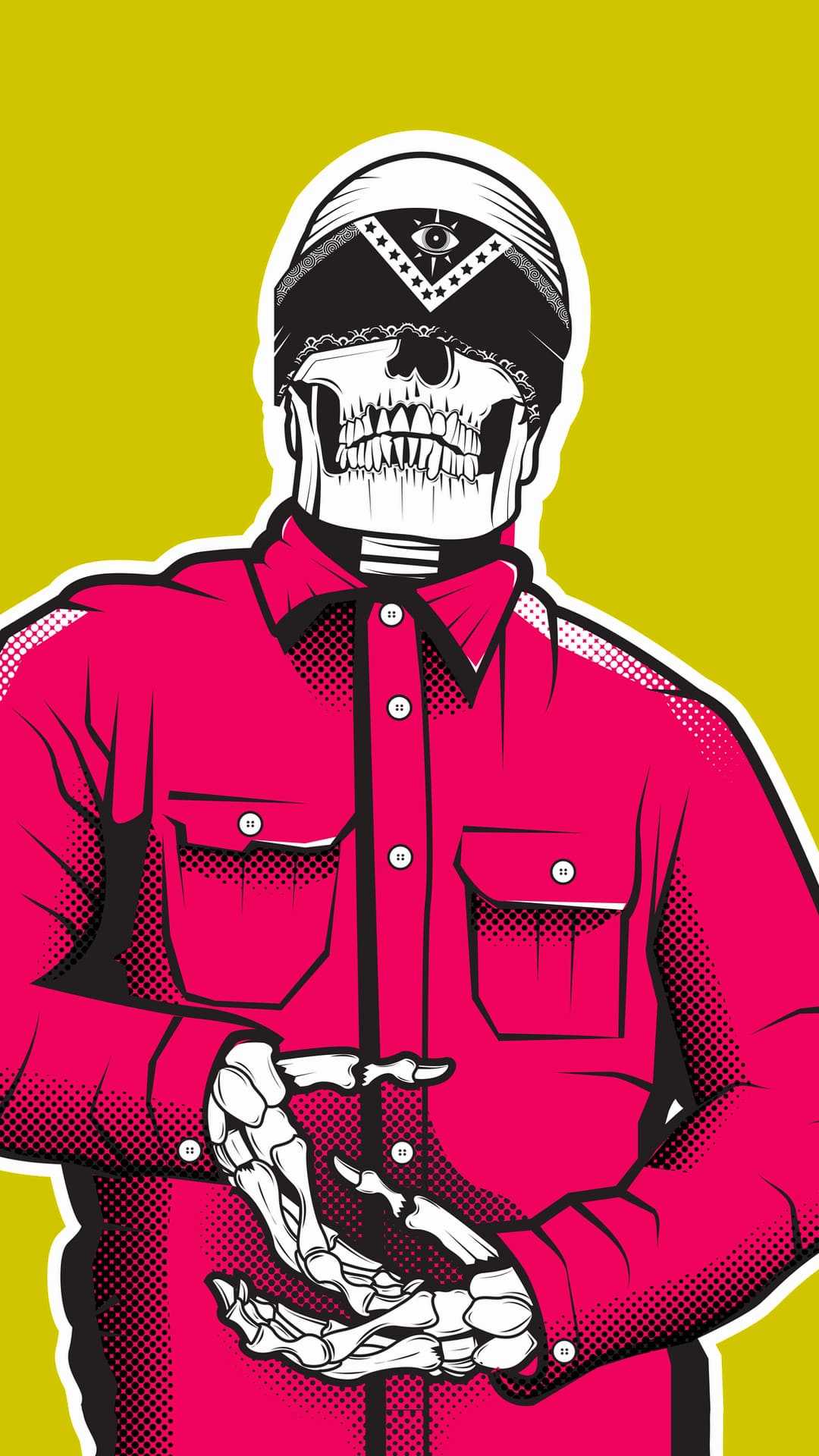Why has Cholo art become such a significant cultural phenomenon in the United States? This question resonates deeply within communities that have embraced this form of artistic expression as both an identity marker and a celebration of heritage. Cholo art, with its vibrant colors, intricate details, and rich symbolism, represents more than just visual aesthetics; it embodies a narrative steeped in history, resilience, and pride. The essence of Cholo art lies in its ability to convey stories of struggle, triumph, and community spirit through every stroke of the brush or pencil.
Cholo art originates from the Chicano culture, primarily rooted in Mexican-American communities across the southwestern United States. It draws inspiration from various sources, including indigenous Aztec symbols, Catholic imagery, and street art influences. Over time, this art form has evolved into a powerful medium for self-expression, allowing artists to explore themes related to identity, social justice, and personal experiences. Platforms like Pinterest and DeviantArt have played pivotal roles in popularizing Cholo art by providing spaces where creators can share their work with global audiences. These digital galleries not only showcase diverse styles but also foster connections among enthusiasts who appreciate the cultural significance behind each piece.
| Personal Information | |
|---|---|
| Name | Various Artists |
| Date of Birth | Varies |
| Place of Origin | Primarily Southwestern United States |
| Career | Professional Artists, Freelancers, Hobbyists |
| Notable Works | Chicano Drawings, Lowrider Art, Graffiti Murals |
| Influences | Aztec Culture, Catholic Imagery, Street Art |
| Reference Website | DeviantArt |
The evolution of Cholo art reflects broader societal changes affecting Chicano communities over decades. Initially associated with gang culture during the mid-20th century, perceptions surrounding this art form have shifted significantly due to increased awareness and appreciation for its deeper meanings. Today, many prominent museums and galleries feature exhibitions dedicated solely to showcasing works inspired by Cholo aesthetics. Such recognition underscores how far this once-marginalized genre has come in gaining mainstream acceptance while retaining authenticity.
One notable aspect distinguishing Cholo art is its emphasis on storytelling. Each artwork often tells a specific tale tied closely to the artist's background or shared collective memory within their community. For instance, depictions of saints alongside traditional Aztec warriors symbolize duality - faith versus resistance against oppression. Similarly, representations of vintage cars known as 'lowriders' celebrate mechanical craftsmanship while honoring family traditions passed down through generations. These narratives create strong emotional connections between viewers and pieces, making them resonate beyond mere decorative purposes.
Moreover, technological advancements have further propelled Cholo art into contemporary relevance. Digital tools now enable artists to experiment freely without constraints imposed by conventional mediums. Consequently, new subgenres incorporating elements such as 3D modeling or animation continue emerging under the umbrella term Cholo art. This adaptability ensures longevity while attracting younger demographics interested in exploring hybrid forms combining classic motifs with modern techniques.
Despite growing popularity worldwide, challenges persist regarding misrepresentation and appropriation outside authentic contexts. Some critics argue that commercial exploitation risks diluting original messages embedded within these creations. Therefore, efforts must focus on educating potential consumers about proper attribution when purchasing items featuring Cholo designs. Additionally, supporting grassroots initiatives aimed at empowering local talent remains crucial in preserving integrity amidst increasing demand.
Looking ahead, the future appears promising for Cholo art enthusiasts globally. As interest continues expanding across borders, collaborations between international artists promise exciting developments blending multicultural perspectives into existing frameworks. Furthermore, educational programs teaching fundamentals behind this unique style could inspire upcoming generations to carry forward legacies established by pioneers before them. Ultimately, whether displayed publicly via murals or privately within portfolios, Cholo art serves as testament to enduring human capacity for creativity despite adversities faced throughout history.
In summary, Cholo art stands out as much more than just another trend within today's vast landscape of creative pursuits. Its profound impact stems directly from roots embedded deep within marginalized societies striving towards visibility amidst adversity. By embracing technology alongside respecting origins, practitioners ensure continuation of meaningful dialogues addressing pertinent issues relevant even now. Thus, appreciating nuances inherent within individual expressions becomes essential task undertaken willingly by all genuinely curious souls seeking genuine connection through universal language understood universally – ART.



